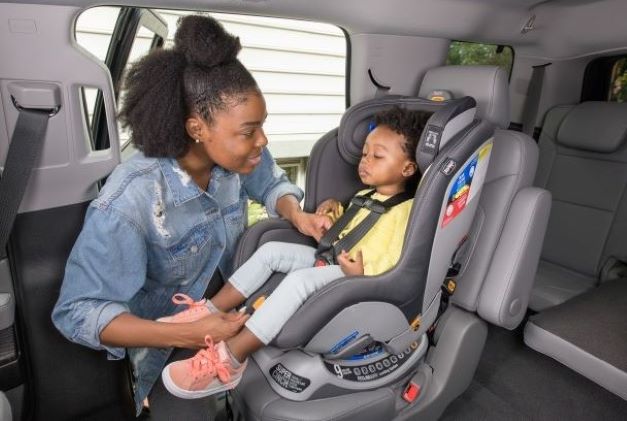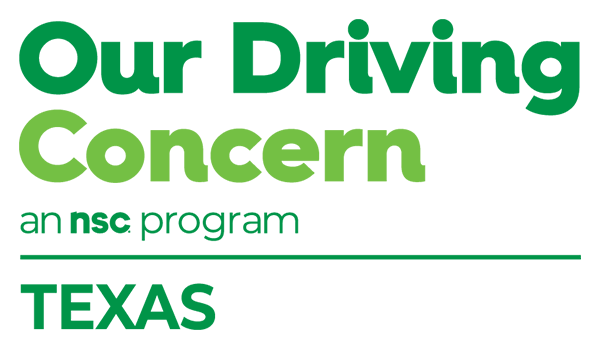Reach Down, Lift Them Up
Impairment is not a new safety issue in the workplace. Alcohol and the use of other drugs, including marijuana and opioids, long have been on the radar. What’s new is more employers are taking a broader look at other causes of impairment, from fatigue and stress to mental health conditions. Some telltale signs of these types of impairment can mirror signs of substance use and include:
- Altered personality
- Erratic behavior
- Sleeping on the job
- Bloodshot eyes, dilated or constricted pupils
- Isolation
- Consistent tardiness or absenteeism
- Involvement in incidents
To help safety professionals deal with all types of impairment on the job, the National Safety Council has conducted extensive research on impairment detection technology.
All of the findings are available in this free NSC report: Impairment Detection Technology & Workplace Safety.
An NSC survey indicated 90% of employers are concerned about the impact of impairment, yet only 16% are using impairment detection tools. Many others expressed concern about how to implement these new safety solutions.
How does impairment detection technology work? What would work best in your industry or at your location? NSC has developed an interactive tool to help you find vendors. Curiosity can lead you to new safety solutions.
NSC research shows one in 12 workers is dealing with an untreated substance use disorder. Get more tools and tips to safeguard the wellbeing of all your colleagues:
Remember: Pulling someone out of the path of a speeding car is heroic. But so is asking a friend if they’re OK.

Future Secured
Nearly all of your colleagues use medical, dental and vision insurance provided through your organization. Many have children covered on these plans. One way to make a strong personal connection and show how much you care about their wellbeing is by participating in Child Passenger Safety Week Sept. 18-24.
Car crashes continue to be the leading cause of death for children in America. In fact, two kids die every day while riding in cars, SUVs, pickups and vans, according to the National Highway Traffic Safety Administration, and 45% of car seats are used incorrectly.
Did you know more than 200 kids are killed in drunk-driving crashes every year, according to NHTSA? Crashes involving impairment, speed and distraction can open the door to increased insurance costs and greater exposure to liability, whether your employees are on or off the job. Here are five ways you can help keep your employees and their family members safe during Child Passenger Safety Week:
- Get free resources from NHTSA, including social media assets and an activities planner toolkit that covers the basics of child passenger safety, from car seat selection to installation
- Use our Parking Lot, Hot Cars and Distraction toolkit to educate employees about safety risks in parking lots, including kids left in hot cars
- Introduce Car Seat Basics, a free online course that includes instructions on rear-facing and forward-facing car seats, booster seats and seat belts; proof of completion is provided
- Include Children in Hot Cars, a free online course from the National Safety Council, in your safety training program; the course takes about 15 minutes and a certificate of completion is provided
- Print and display this vintage safety poster from NSC: Now, Aren’t You Glad You’re a Safe Driver?
Many of your employees are parents, grandparents, aunts and uncles. What they learn about safety at work often goes home – and that’s how lives are saved. Help them make safety a priority 24 hours a day, 365 days a year.

